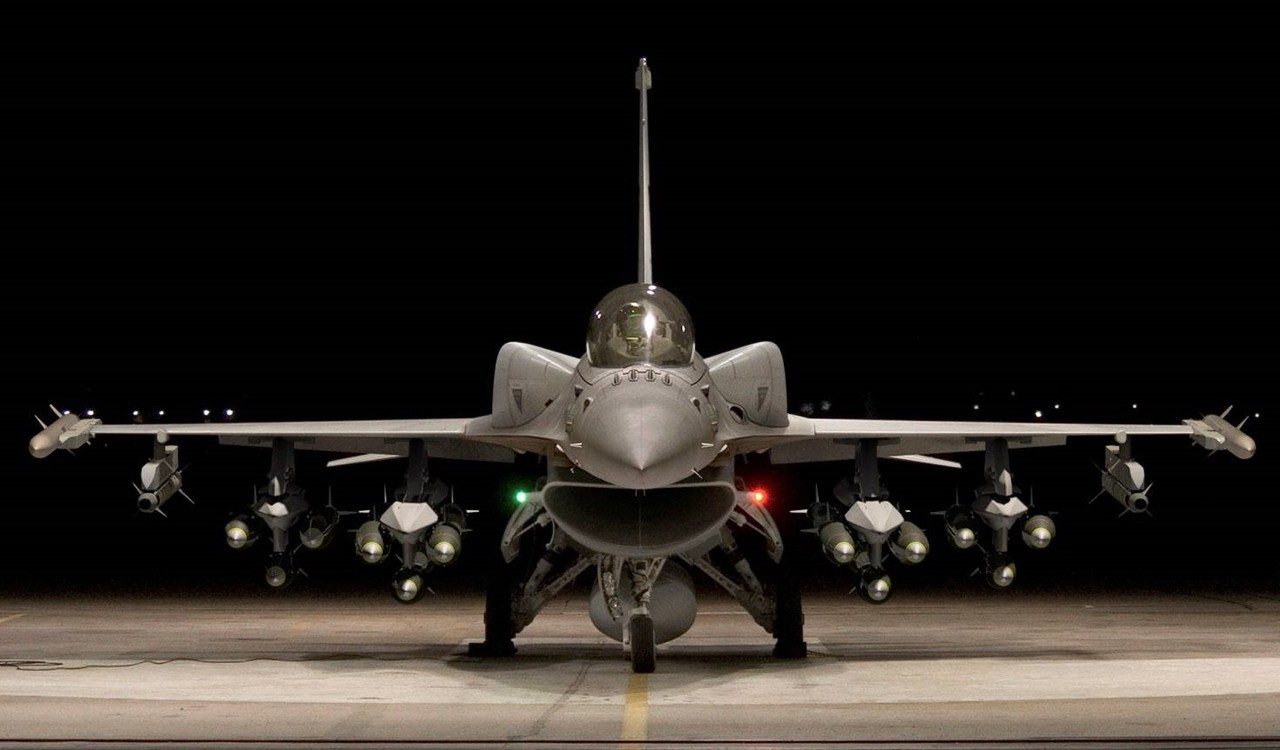Turkey is considering the possibility of expanding its fleet and upgrading existing F-16 military aircraft as an alternative to purchasing the latest F-35 fighter jets from the United States after the deal was scrapped by Washington due to Ankara’s acquisition of the Russian S-400 air defense system, Turkish presidential spokesman Ibrahim Kalyn said.
China Testing Combat Drone Ships At Secret Location; Could Amplify Regional Patrols After US Submarine Accident – Expert
“Our first choice is to buy the F-35, and this is our right. If the crisis with the United States is overcome, Turkey will re-enter the program and we will receive our F-35s. If the problem is not solved, we will continue to search for alternatives. The expansion of the existing fleet of F-16s and their modernization can be considered an alternative. Depending on the conditions, a final decision will be made based on our needs,” Kalyn said in an interview with Milliyet newspaper.
He added that Turkey’s exclusion from the F-35 program is “completely illegal and unfair,” noting that Turkey had already paid the United States $1.4 billion for participation in the program.
In April, the United States reportedly sent an official notification to Turkey about its exclusion from the production program of the latest F-35 fighter jets due to Ankara’s purchase of the Russian S-400 air defense system.
The seven remaining partners in the F-35 project are the UK, Italy, the Netherlands, Australia, Denmark, Canada and Norway.
Earlier, as EurAsian Times reported, Turkey has requested the US for purchasing 40 F-16 fighter jets along with 80 upgrade kits for its existing aircraft.

The deal requires to be approved by both the US State Department and Congress.
“As a matter of policy, the Department does not confirm or comment on proposed defense sales or transfers until they have been formally notified to Congress”, a spokesperson for the State Department was quoted as saying in media reports.
NATO Wants Turkey To Dump Russian S-400 Defense System For French-Italian Aster Missiles
The decade-old partnership between the US and Turkey has gone through many ups and downs in the past few years over issues such as disagreements over the Syria Policy, Ankara’s close relations with Moscow, and Turkey’s problematic freedom and human rights record.
The request for new F-16s is highly unlikely to be accepted by the US Congress keeping in mind the tense relations between the countries following the S-400 crisis.
There is bipartisan support in the US Congress to compel the Biden administration to further pressure Ankara over its purchase of the S-400 and its poor human rights record. Ankara, on the other hand, has said that it hopes for improved ties under US President Joe Biden, Reuters reported.
Why Turkey Needs New Jets
As reported by The EurAsian Times earlier, Turkey is looking for advanced fighters to replace its aging F-16 fleet. Another factor is that Ankara’s rivals are bolstering their aerial capabilities rapidly.
The US is currently upgrading most of Greece’s F-16s to the Viper configuration, which will make them the most advanced F-16s in Europe.
Additionally, Athens has ordered a small fleet of 4.5-generation French-built Rafale fighters. Egypt has also acquired Rafales and has reportedly begun taking delivery of 4.5-generation Su-35s from Russia.

Ankara-based BlueMelange, an independent research group, was recently quoted by Forbes as saying there are around 236 Turkish F-16s, consisting of Block 30, Block 40, Block 50, and Block 50+ variants, with descending combat-readiness due to their age and extreme combat-loaded sortie-flight records.
Korean Crisis: Why France Is Likely Help South Korea Go Nuclear Amid North Korean Missile Launching Spree?
And it’s possible that Turkey is now looking for the latest F-16 Block 70. This variant combines capability upgrades, most notably the advanced Active Electronically Scanned Array (AESA) radar with a new avionics architecture, and structural upgrades to extend the structural life of the aircraft by more than 50 percent beyond that of previous production F-16 aircraft, according to Lockheed Martin.




